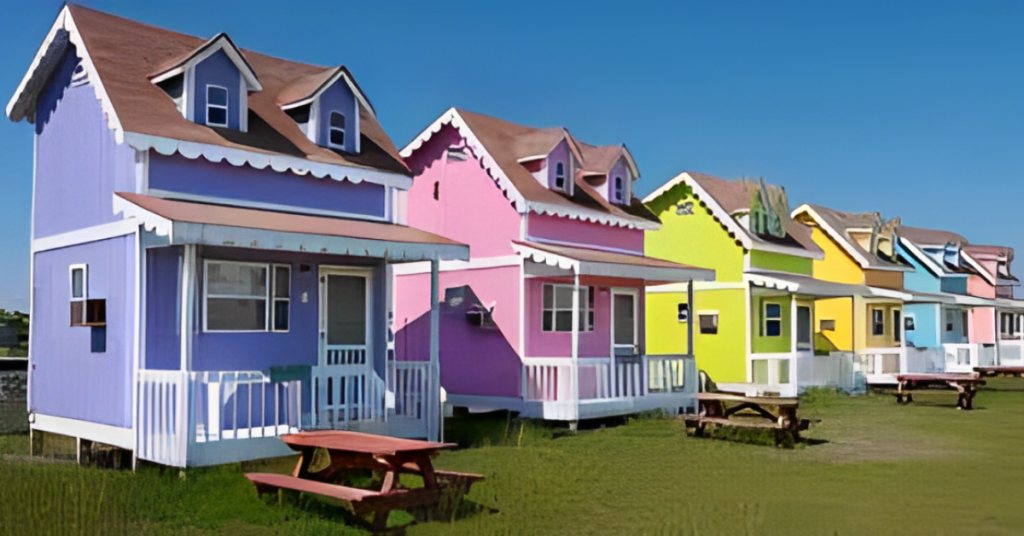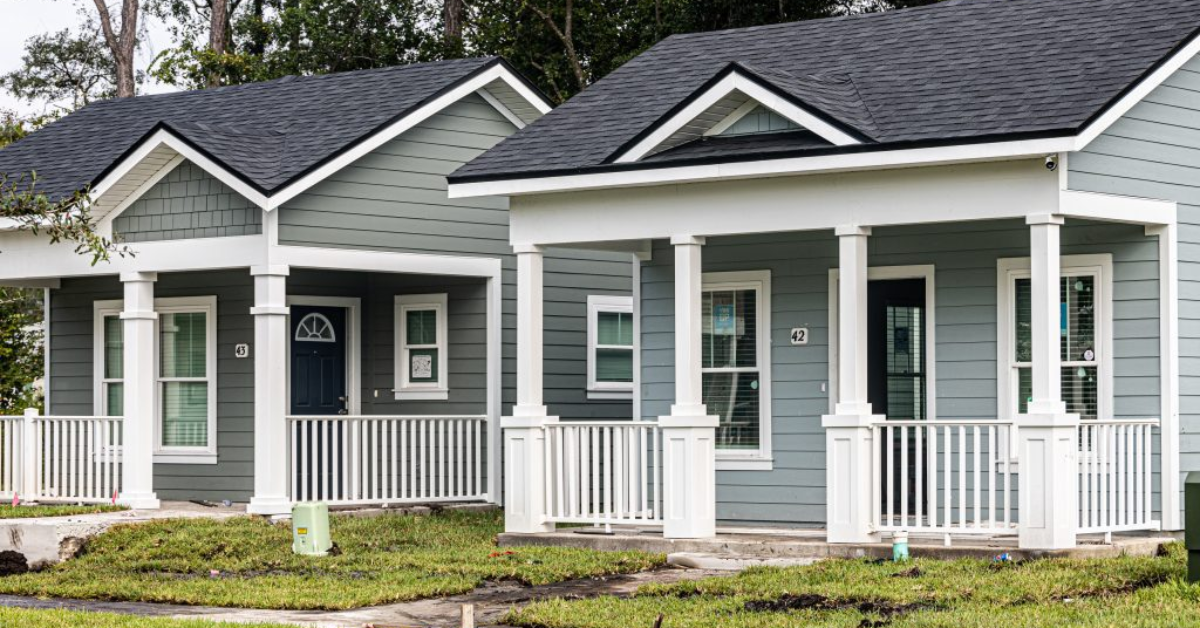South Florida cities are stepping up efforts to address homelessness, with a growing focus on “tiny homes” as a potential solution. As part of the new legislation passed in Florida, local governments now face the possibility of being sued if they don’t do enough to provide housing for the homeless. As a result, cities across the region are actively seeking ways to offer shelter, and tiny homes are quickly gaining attention.
The Growing Need for Housing Solutions
In 2022, Florida enacted a law prohibiting people from sleeping in public spaces such as streets, sidewalks, and parks. The law also allows the public to sue local governments if they feel enough is not being done to provide housing for the unsheltered population. This new regulation has prompted South Florida’s local governments to find quick, effective solutions to the homelessness crisis.
Maria Sachs, a Palm Beach County Commissioner, believes that the solution doesn’t lie in merely throwing more money at the problem but in focusing on “housing first.” This philosophy is central to the idea of providing permanent housing to individuals experiencing homelessness, allowing them the stability to work on personal goals and improve their lives.
Sachs’ proposed solution is to provide tiny homes, which she believes could make a significant impact. “The best way to take care of them is to not throw more money at them, the best way to take care of them is housing first,” she said.
Tiny Homes as a Fast and Efficient Solution
Sachs’ vision involves creating more than 1,500 new homes for the homeless using tiny houses. The homes are prefabricated off-site, transported quickly, and then connected to utilities like electricity. According to Sachs, the whole process could take as little as two weeks, from transportation to installation.

The tiny homes follow a model from the National Alliance to End Homelessness, known as “Housing First.” The concept prioritizes permanent housing for the homeless, allowing them to rebuild their lives from a place of stability. “What it resolves is the greatest fear of a homeless person: the fear of being attacked or accosted,” Sachs explained. “The most important thing is the key to the front door. It gives them a sense of security.”
Sachs also emphasized that the goal is to provide dignity, not just shelter. “Everyone will have the dignity of a roof over their head, a key to the door, and a private bathroom,” she said. The homes would be placed in industrial or commercially zoned areas to prevent the creation of large, overcrowded communities. “No one will be in a big shanti town or a big community of 100 cottages,” she added.
Plans Moving Forward in Palm Beach
While the plan is still in the early stages, Sachs is already in talks with manufacturers and local mayors to move forward with the project. The idea is to start small and ensure that the tiny homes meet Miami’s strict building codes. Some cities are even considering tiny homes that could be purchased directly from suppliers like Amazon.
Federal grants are available to support the purchase of land and cottages, but Sachs emphasized that she needs the approval of local mayors before proceeding. “We are ready to go,” she said. “We have a whole list of manufacturers waiting for the green light to put these homes together.”
Broward and Miami-Dade Counties’ Efforts
Broward County has also been exploring the idea of tiny homes for the homeless. Mayor Nan Rich has supported the creation of a community of 100 tiny homes in Dania Beach. However, these plans have yet to come to fruition. Similarly, Miami-Dade’s Homeless Trust, led by Ron Book, has been looking for a suitable tiny home product for the past three years.
Book believes that tiny homes could be the key to addressing the county’s homeless crisis. “Tiny homes provide a less costly alternative to constructing from the ground up,” he said. “The challenge is finding real estate that can accommodate more than just a single home.”
Miami-Dade is considering a plan to build 75 tiny homes to house around 300 people. Once these homes are built, the county hopes to expand the project by purchasing additional units. Book hopes to get approval for these homes by mid-February, with construction potentially beginning in early summer.
Combining Tiny Homes with Other Housing Options
While tiny homes are a promising solution, Book acknowledges that they are only one part of the puzzle. In addition to the tiny homes, Miami-Dade is also purchasing buildings in areas like Overtown and North Miami, including transforming the former La Quinta Inn in Cutler Bay into a shelter. These efforts are part of a larger strategy to offer both immediate relief and long-term housing solutions.
Conclusion
As South Florida grapples with homelessness, tiny homes are emerging as a practical and cost-effective solution. By providing stable housing quickly and efficiently, these homes offer a sense of security and dignity to individuals who have been living on the streets. While challenges remain, the idea of tiny homes is gaining momentum across Palm Beach, Broward, and Miami-Dade counties.
Disclaimer: This article has been meticulously fact-checked by our team to ensure accuracy and uphold transparency. We strive to deliver trustworthy and dependable content to our readers.

